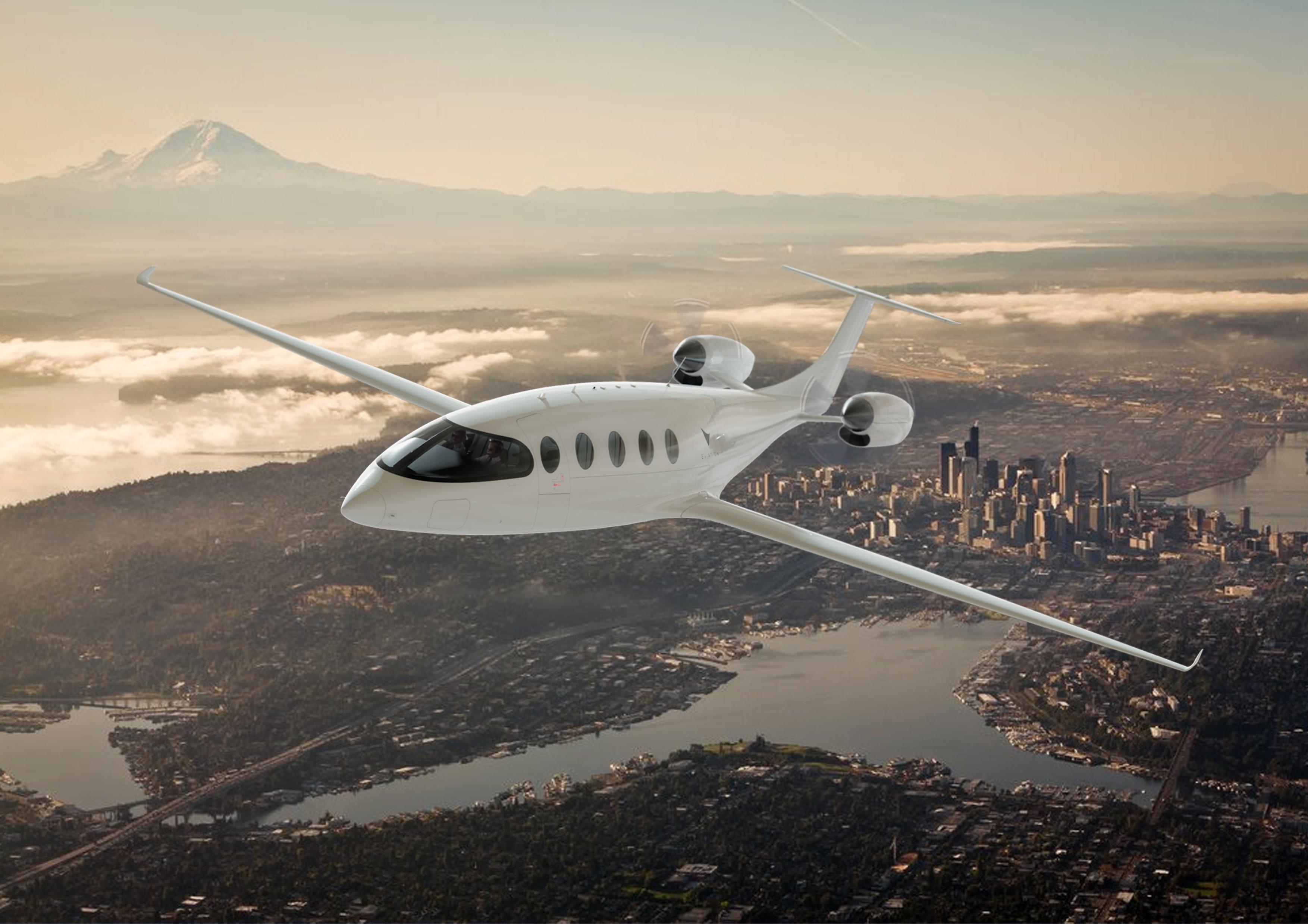
The advanced air mobility (AAM) industry is expanding beyond short-range urban air mobility (UAM), as reflected by the first appearance of a conventional electric aircraft on the AAM Reality Index.
The index, created by SMG Consulting in partnership with Aviation Week, ranks leading advanced air mobility companies on a scale of 0-10, with 10 indicating a company whose plans to produce an AAM aircraft are most likely.
Factors used to calculate the index include funding received by the company, the team that leads the company, the technology readiness of their vehicles, the certification progress of their vehicles, and the production readiness toward full scale manufacturing.
Eviation’s nine-passenger Alice electric conventional takeoff and landing (eCTOL) regional aircraft enters the Reality Index ranked 17th, joining a listing that is dominated by electric vertical takeoff and landing (eVTOL) vehicles.
But as the AAM industry matures and expands, so does the Reality Index, which already ranks Regent’s wing-in-ground-effect Viceroy seaglider 18th and Electra’s blown-lift electrical short takeoff and landing (eSTOL) aircraft at 22 on the listing.
“Until now we have looked at eVTOL and eSTOL, but we always said we would add eCTOL,” says Sergio Cecutta, SMG founder and partner. “As the most advanced eCTOL company, Eviation is a timely addition to the index, especially considering the upcoming first flight of their prototype. Additional eCTOL companies will join the index during the year.”
Based in Arlington, Washington, Eviation has relocated the Alice prototype to Moses Lake, Washington, which has a 13,000-ft.-long runway and airspace dedicated to flight testing. First flight will be a milestone in eCTOL aircraft development. Eviation is majority owned and backed by billionaire Richard Chandler’s Clermont Group and holds order commitments from UPS and Cape Air.
In other changes to June’s AAM Reality index, Embraer spinoff Eve Holdings has moved up a position, to 14th, ahead of Hyundai company Supernal after listing publicly in May following its merger with blank-check company Zanite Acquisition. The merger generated $337 million in gross proceeds, ranking Eve seventh among AAM aircraft developers in terms of funding raised.
The June Reality Index also reflects the acquisition by Electra of rival eSTOL developer Airflow. The deal does not alter Electra’s ranking or materially affect the total funding raised so far, but it does strengthen the startup’s position in this sector of the AAM market.
In another deal, Joby has confirmed it has acquired German hydrogen-electric propulsion pioneer H2Fly, as first reported by The Air Current. The acquisition suggests that the market leader in the eVTOL market is already thinking about longer-ranger zero-emission AAM aircraft.
Do such deals signal the beginning of a consolidation of the overcrowded AAM market? Cecutta does not think so. “We think we will see more acquisitions as AAM companies round out their portfolio of technologies. However, we do not see this activity as the start of a consolidation wave,” he says.
“Electra and Airflow happen to be very well aligned along the lines of the eSTOL technology. We might see other candidates for this type of activity between smaller AAM players or companies with a far-away EIS [entry into service] date, beyond 2026,” he says.
SMG has also updated its AAM Race to EIS rankings. Plans by EHang to certify its autonomous two-seat EH216S in 2022 have been downgraded to “unlikely” after the startup acknowledged that lockdowns in response to a resurgence of COVID-19 had slowed certification work with the Civil Aviation Administration of China.
Archer Aviation’s plans to certify its piloted four-passenger eVTOL by the end of 2024 have been downgraded to “highly unlikely” as the startup’s Maker technology demonstrator has yet to return to flight after a single hover test in December 2021.
The aircraft is back in ground tests after upgrades to add the tilt mechanism for the forward propellers, enabling transition testing, but Archer has yet to announce a return to flight. “This limited progress leads us to believe that 2024 will be a very difficult target for the company,” Cecutta says.
